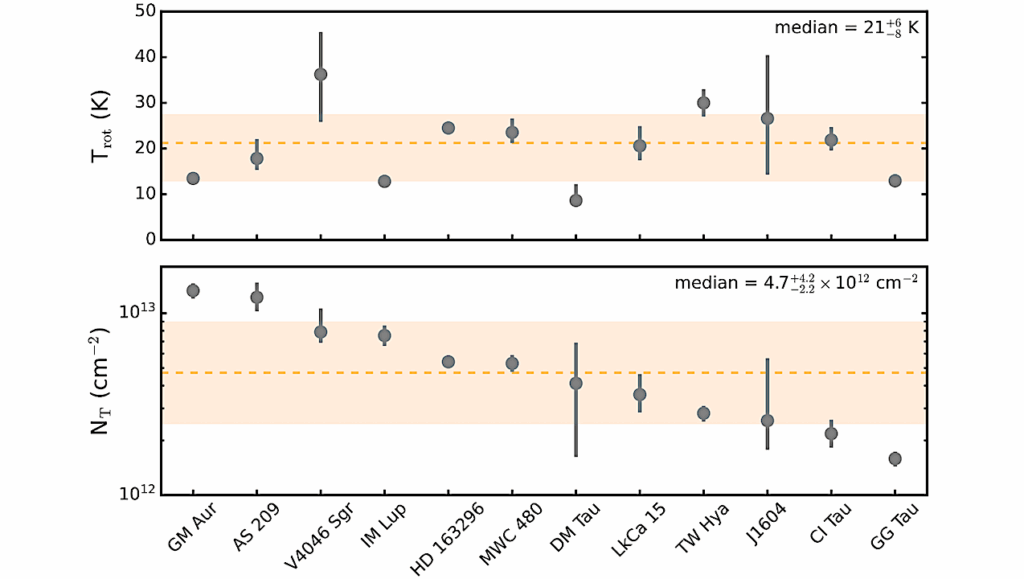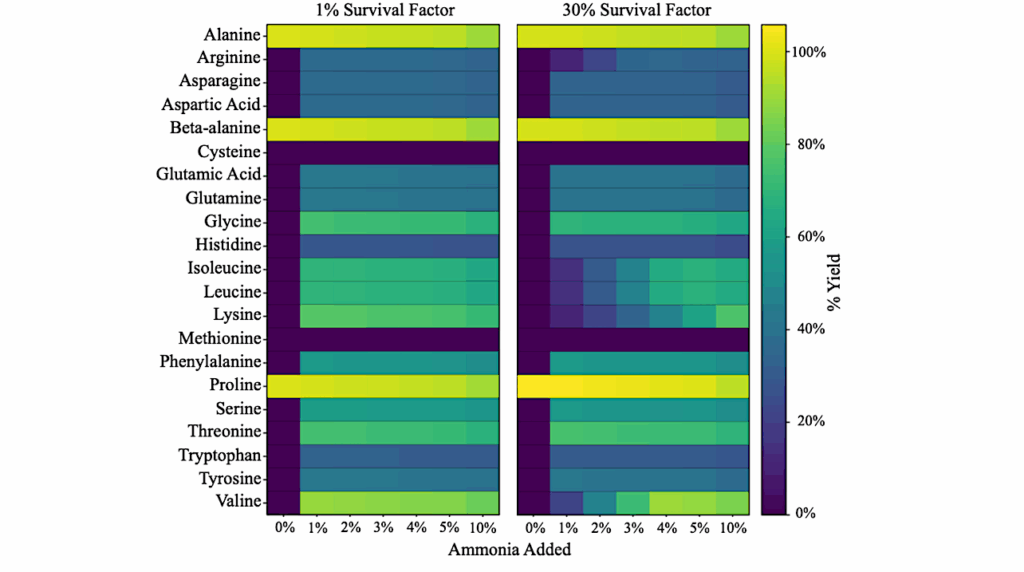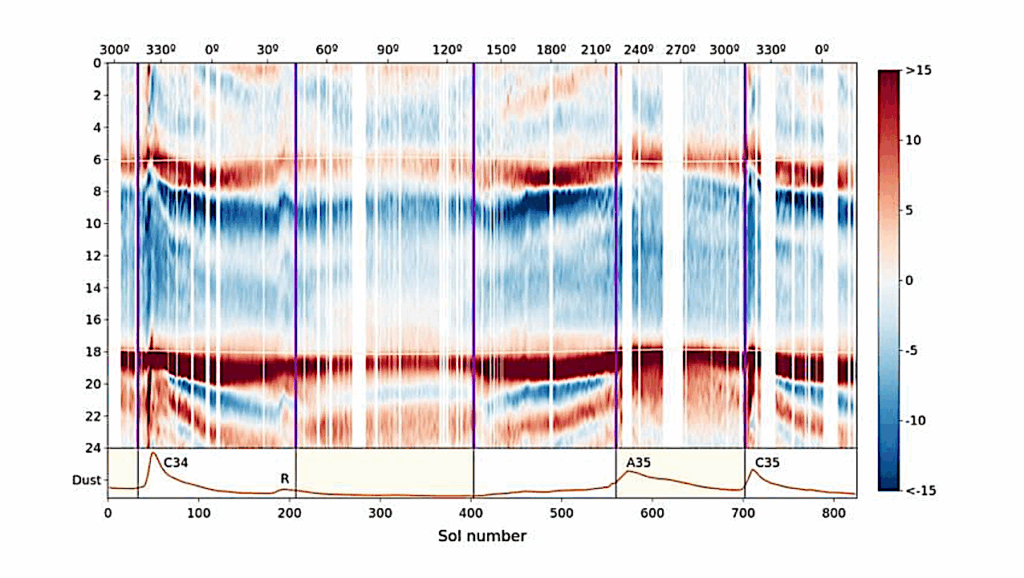Statistical-likelihood Exo-Planetary Habitability Index (SEPHI)

A new Statistical-likelihood Exo-Planetary Habitability Index (SEPHI) is presented. It has been developed to cover the current and future features required for a classification scheme disentangling whether any discovered exoplanet is potentially habitable compared with life on Earth.
The SEPHI uses likelihood functions to estimate the habitability potential. It is defined as the geometric mean of four sub-indexes related with four comparison criteria: Is the planet telluric?; Does it have an atmosphere dense enough and a gravity compatible with life?; Does it have liquid water on its surface?; Does it have a magnetic field shielding its surface from harmful radiation and stellar winds?. Only with seven physical characteristics, can the SEPHI be estimated: Planetary mass, radius, and orbital period; stellar mass, radius, and effective temperature; planetary system age.
We have applied the SEPHI to all the planets in the Exoplanet Encyclopaedia using a Monte Carlo Method. Kepler-1229 b, Kepler-186 f, and Kepler-442 b have the largest SEPHI values assuming certain physical descriptions. Kepler-1229 b is the most unexpected planet in this privileged position since no previous study pointed to this planet as a potentially interesting and habitable one.
In addition, most of the tidally locked Earth-like planets present a weak magnetic field, incompatible with habitability potential. We must stress that our results are linked to the physics used in this study. Any change in the physics used only implies an updating of the likelihood functions. We have developed a web application allowing the on-line estimation of the SEPHI: this http URL
J.M. Rodríguez Mozos, A. Moya
(Submitted on 25 Jul 2017)
Comments: 10 pages, 4 figures, 6 tables. Accepted for publication in MNRAS
Subjects: Earth and Planetary Astrophysics (astro-ph.EP)
Cite as: arXiv:1707.07986 [astro-ph.EP] (or arXiv:1707.07986v1 [astro-ph.EP] for this version)
Submission history
From: Andres Moya
[v1] Tue, 25 Jul 2017 13:35:45 GMT (89kb,D)
https://arxiv.org/abs/1707.07986
Astrobiology








